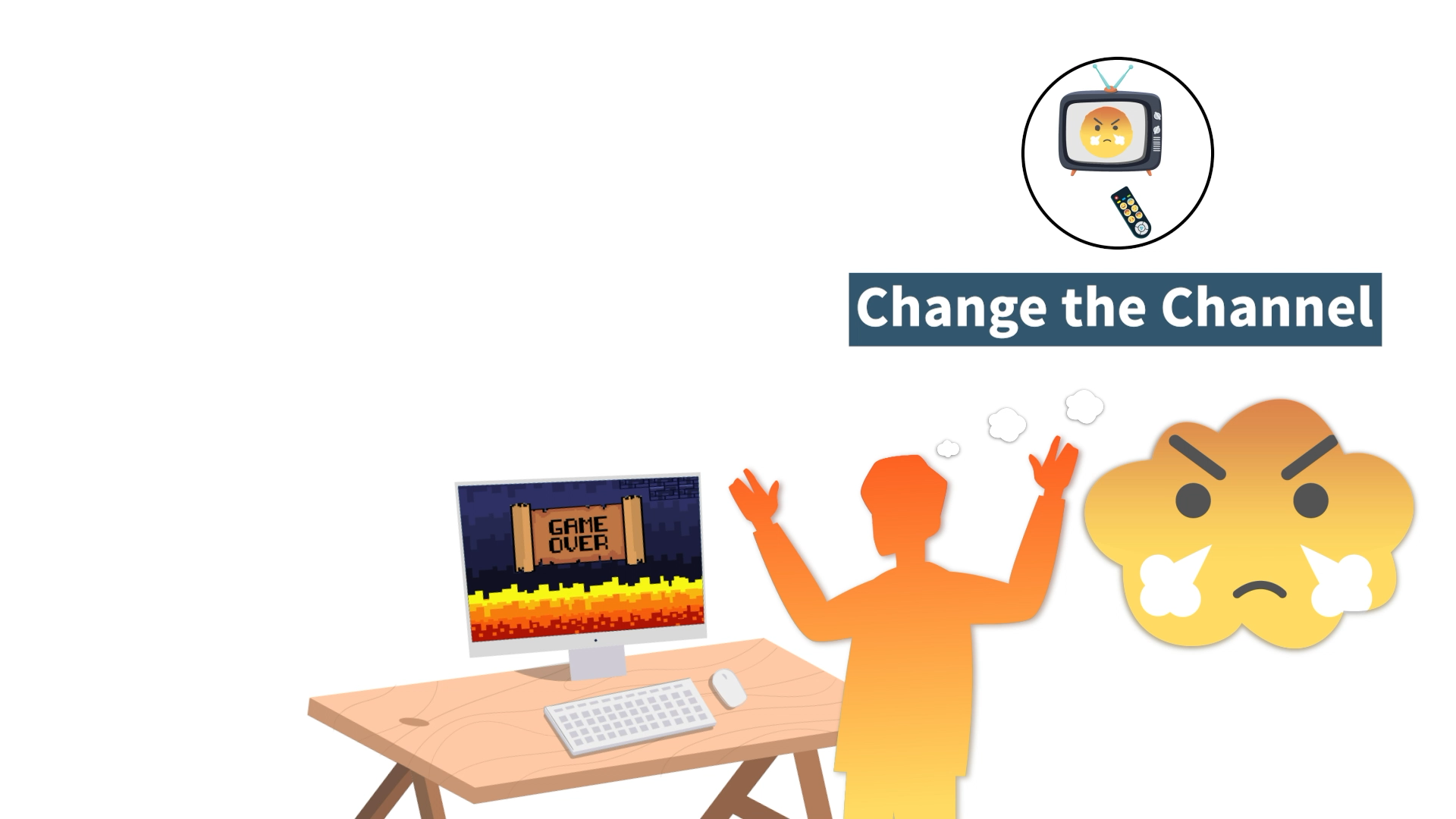
Introduction
Emotions and feelings are an integral part of everyone’s life, including children. Elementary students experience a vast range of emotions, from positive to negative, and from big to small. Big, negative feelings such as anger, frustration, and sadness can sometimes overwhelm a child’s mind, leading to poor decisions or unintentional harm to others. In this blog post, we will discuss strategies for helping students learn to control their emotions by changing the channel on big feelings, preventing these emotions from taking over.
No-Prep Activity: Emotion Channel Changer
This simple yet effective activity requires no preparation or materials. It helps students practice recognizing and controlling their emotions by changing the channel on big feelings. Here’s how it works:
- Have the students sit in a circle.
- Ask one student to think of a big, negative emotion they have experienced recently, such as anger, frustration, or sadness.
- Have the student describe the emotion and how it felt physically (e.g., tight chest, clenched fists).
- Ask the student to think of a strategy for changing the channel on that emotion (e.g., taking deep breaths, thinking of a happy memory).
- Have the student practice the strategy, then share how it made them feel.
- Continue with other students until everyone has had a chance to participate.
This activity encourages students to develop self-awareness and emotional regulation skills while providing a safe space to discuss and practice these strategies.
Discussion Questions
- Why is it important to learn how to control our big emotions?
- What are some ways you can change the channel on a big emotion like anger or sadness?
- How do our bodies sometimes show how we are feeling? Can you think of a time when your body felt a certain way because of an emotion?
- What are some positive emotions you’ve experienced? How did they make you feel?
- How can practicing emotional regulation help you make better decisions?
Related Skills
In addition to learning how to change the channel on big emotions, students can benefit from developing other social-emotional skills, such as:
- Empathy: Understanding and sharing the feelings of others.
- Active listening: Paying full attention to the speaker, understanding their message, and responding thoughtfully.
- Collaboration: Working together with others to achieve a common goal.
- Conflict resolution: Addressing disagreements in a constructive and respectful manner.
Next Steps
Now that you have an understanding of how to help students change the channel on big emotions, it’s time to explore more strategies and activities for teaching social-emotional learning. To get started, sign up for free sample materials from Everyday Speech, which offers a variety of resources designed to support educators in teaching essential social-emotional skills.

